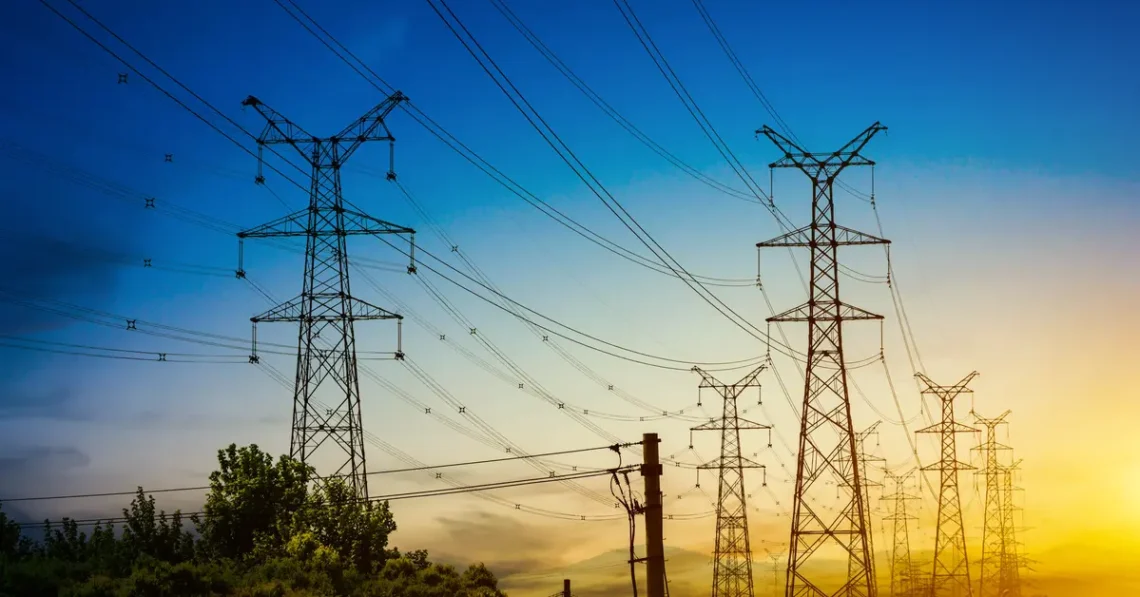Electricity: an omnipresent force that powers our world, from the humble light bulb to the grand machinery of industry. It’s a fundamental aspect of modern life, yet its intricacies and significance often go unnoticed. Let’s delve into the realm of electricity, exploring its origins, applications, and the profound impact it has on society.
A Brief History:
The story of electricity traces back thousands of years, with ancient civilizations observing phenomena like lightning and static electricity. However, it wasn’t until the 17th century that scientists began to unravel its mysteries systematically.
The pioneering work of individuals such as Benjamin Franklin, Alessandro Volta, and Michael Faraday laid the groundwork for understanding electricity as a controllable force. Faraday’s experiments with electromagnetism, in particular, paved the way for the development of electric generators and motors, essential components of modern electrical systems.
Understanding Electricity:
At its core, electricity is the flow of electric charge. This charge is carried by subatomic particles called electrons, which move through conductive materials such as metals. The movement of electrons creates an electric current, which can be harnessed to perform various tasks.
Electricity exists in two primary forms: direct current (DC) and alternating current (AC). DC flows consistently in one direction and is commonly used in batteries and electronic devices. AC, on the other hand, periodically reverses direction, making it more suitable for long-distance transmission and powering homes and businesses.
Applications of Electricity:
The applications of electricity are vast and diverse, permeating nearly every aspect of modern life. Here are some key areas where electricity plays a crucial role:
- Power Generation: Electric power plants convert various energy sources—such as coal, natural gas, nuclear, hydro, wind, and solar—into electricity. This electricity is then transmitted through grids to homes, businesses, and industries.
- Transportation: Electric vehicles (EVs) are revolutionizing the automotive industry, offering cleaner and more sustainable alternatives to traditional gasoline-powered vehicles. Electric trains, trams, and buses are also becoming increasingly common in urban transportation systems.
- Communication: The internet, telecommunications, and broadcasting rely heavily on electricity to transmit data and signals over vast networks of cables and satellites. Without electricity, modern communication as we know it would be impossible.
- Manufacturing and Industry: Electrically powered machinery drives industrial processes, from assembly lines to heavy manufacturing. Robotics and automation, powered by electricity, have revolutionized efficiency and productivity in factories worldwide.
- Healthcare: Electricity is indispensable in medical diagnostics and treatment. Technologies such as magnetic resonance imaging (MRI), X-rays, and electrocardiograms (ECGs) rely on electrical principles to function, enabling healthcare professionals to diagnose and treat various conditions.
- Home and Entertainment: From lighting and heating to appliances and entertainment systems, electricity powers our homes and enhances our quality of life. Smart homes, equipped with interconnected devices and sensors, are increasingly reliant on electricity for seamless automation and control.
Challenges and Opportunities:
While electricity has undoubtedly transformed society for the better, it also presents challenges that must be addressed. Chief among these are concerns about environmental sustainability, energy security, and access to electricity in underserved communities.
The transition to renewable energy sources, such as solar and wind, offers a promising path towards reducing carbon emissions and mitigating climate change. Additionally, advancements in energy storage technologies, such as batteries, are essential for balancing the intermittent nature of renewable energy sources and ensuring a reliable power supply.
Furthermore, efforts to expand access to electricity in developing regions are critical for fostering economic development and improving living standards. Initiatives aimed at deploying off-grid renewable energy systems, coupled with investments in infrastructure and education, can help bridge the energy gap and empower communities worldwide.
Conclusion:
Electricity is not merely a commodity; it is the lifeblood of modern civilization, driving progress and innovation across every sector of society. As we continue to harness its power and unlock its potential, let us do so with a sense of responsibility and stewardship, ensuring that future generations inherit a world powered by clean, sustainable energy. Visit Word finder X for more details.





